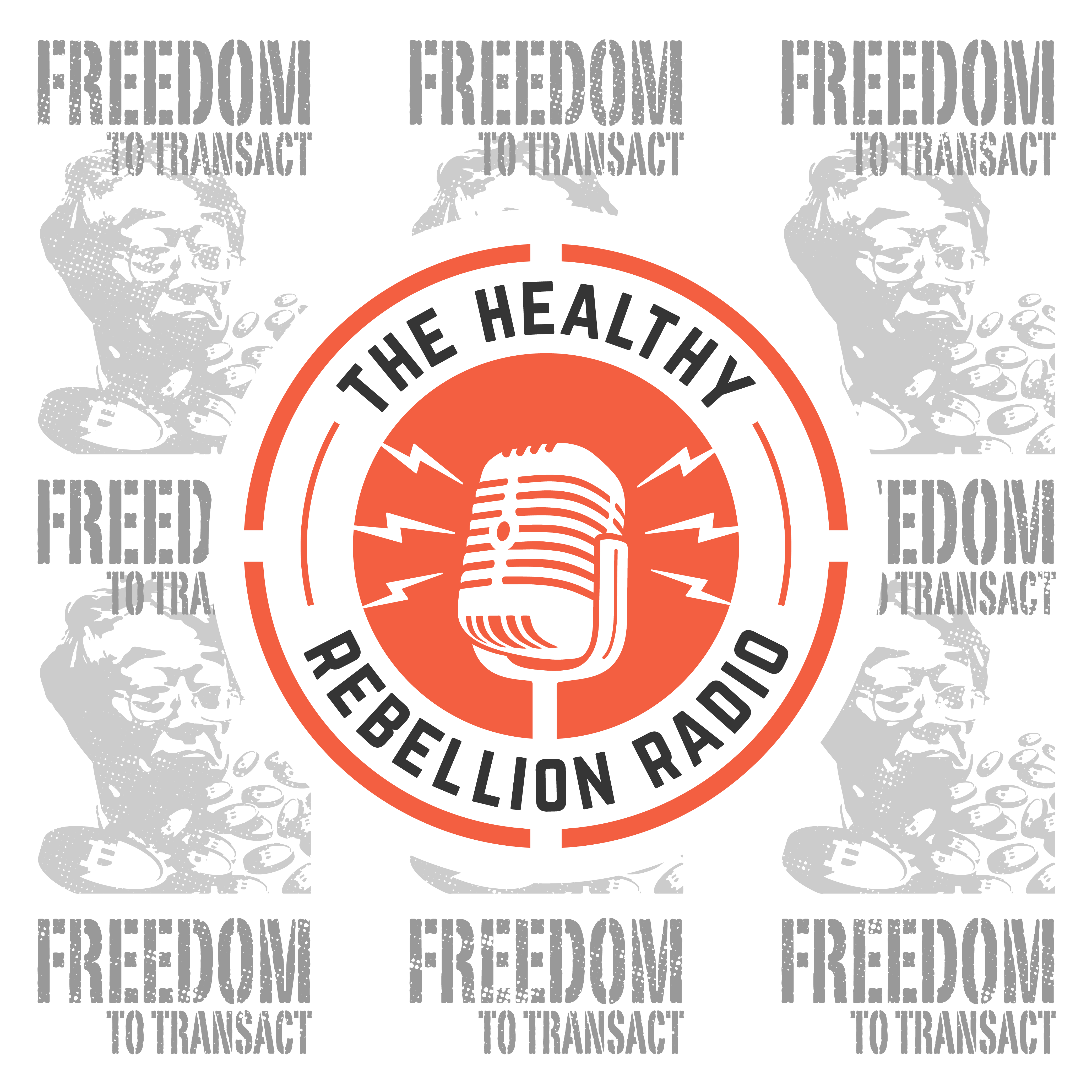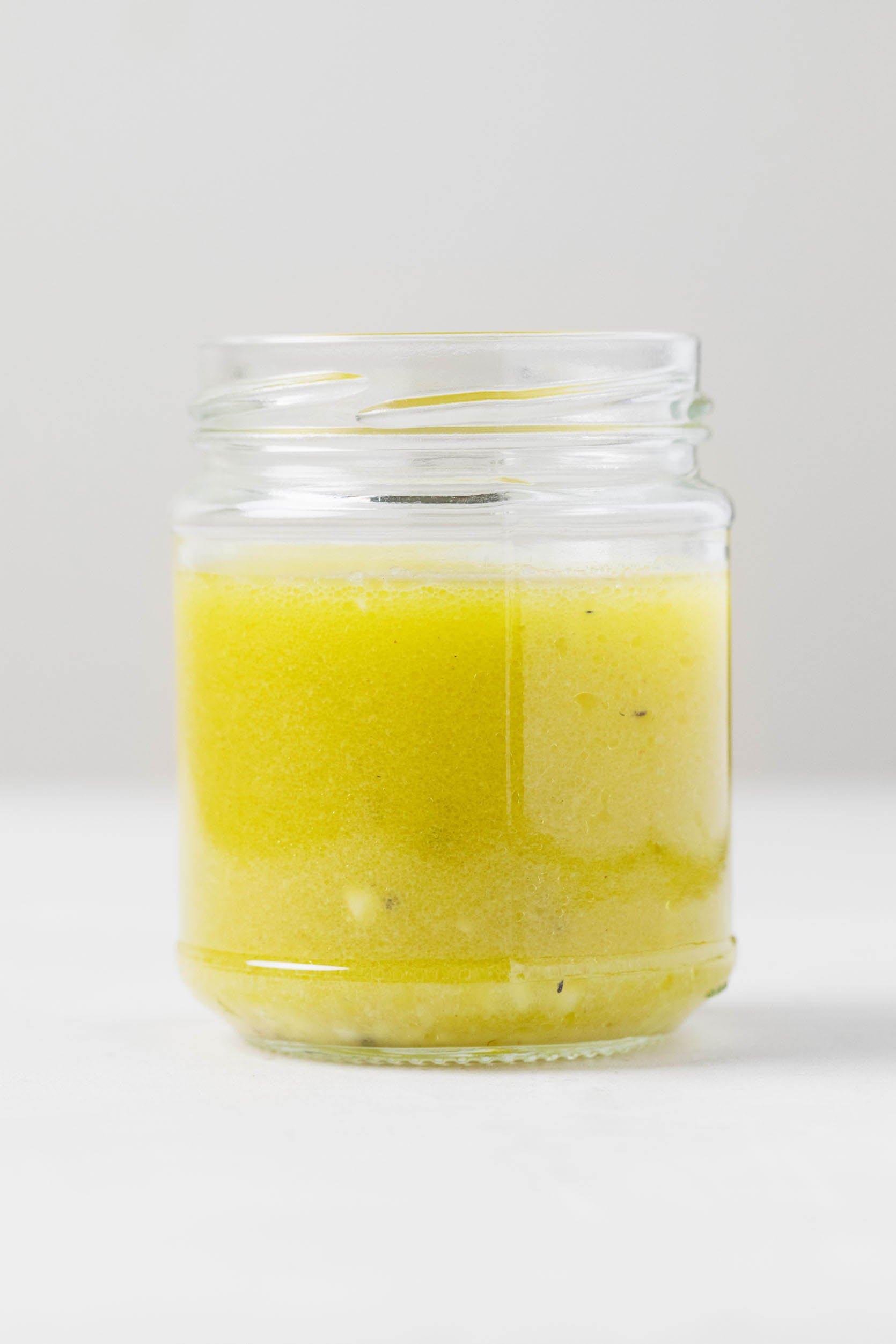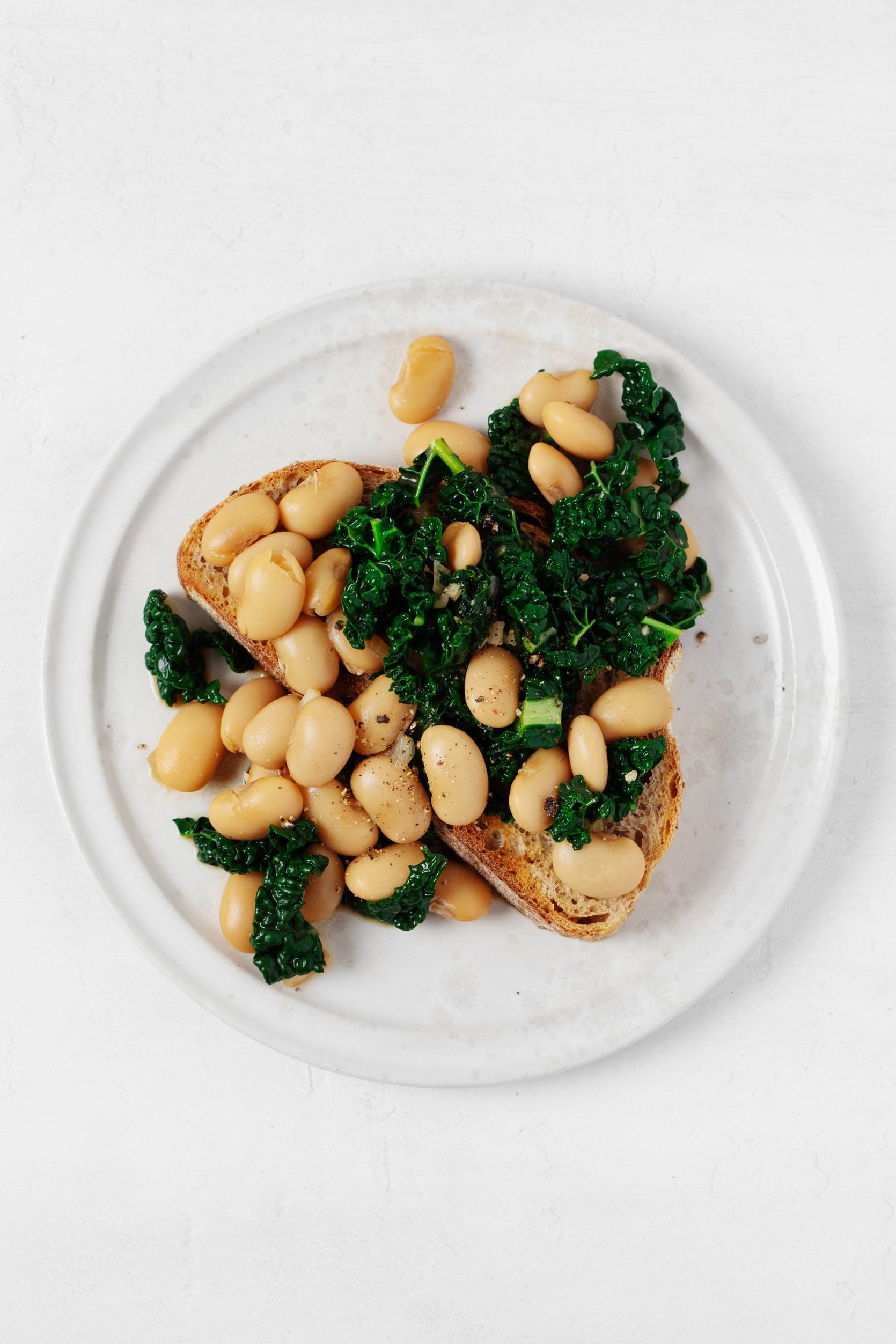What makes a drug “special”?
A recent paper by Kacerek and Mattingly (2025) aims to answer why certain drugs are defined as “specialty” drugs and others are not. They first cite an Office of the Inspector General (OIG) report: The OIG found that there was no standard definition in Medicaid and that Medicaid programs used more than 100 different characteristics to…
A recent paper by Kacerek and Mattingly (2025) aims to answer why certain drugs are defined as “specialty” drugs and others are not. They first cite an Office of the Inspector General (OIG) report:
The OIG found that there was no standard definition in Medicaid and that Medicaid programs used more than 100 different characteristics to categorize specialty drugs.
Despite the lack of a standard definition, the OIG found that most specialty drugs across Medicaid programs shared the following characteristics. Such drugs: are expensive; are used for rare, complex, or chronic conditions; require specialty handling; require specialized administration by a clinician; and are dispensed through a specialty pharmacy rather than traditional retail.
The authors go on to describe how cost, complex administration, handling and other factors play a role in the definition of a specialty drug. One interesting discussion is how pharmacies can financially benefit from dispensing specialty drugs–but at increased financial risk.
For example, a generic non-specialty medication could result in pharmacy revenue of $20. The pharmacy could make 90 percent gross profit, or $18, on the claim and after paying for labor and other operating costs of around $11 per prescription, the pharmacy would earn net revenue of $7 for that dispensation. If the pharmacy dispenses a specialty pharmaceutical for a revenue of $10,000 with a much lower gross profit rate, say 5 percent, then the pharmacy would have $500 to pay its labor and other operational costs to make a positive net income as a business. The potential to earn positive net income for each prescription provides great financial incentive. However, the pharmacy does expose itself to greater risk buying and stocking $10,000 drugs compared to $20 drugs.
The authors demonstrate clearly that current specialty drug definitions “lack consistency” and often “create confusion” They argue that a new federal definition of a specialty drug “…may be warranted”, particularly if Congress aims to apply new legislation related to PBMs and drug pricing.
Do you think it would be a good thing if the federal government created a standardized definition for a specialty drugs? Let me know your thoughts.


























/https://tf-cmsv2-smithsonianmag-media.s3.amazonaws.com/filer_public/34/31/3431771d-41e2-4f97-aed2-c5f1df5295da/gettyimages-1441066266_web.jpg?#)
/https://tf-cmsv2-smithsonianmag-media.s3.amazonaws.com/filer_public/0b/48/0b482fd3-3a4f-47fe-a8db-41c8e7a6f1c9/dsc_1342_web.jpg?#)

































